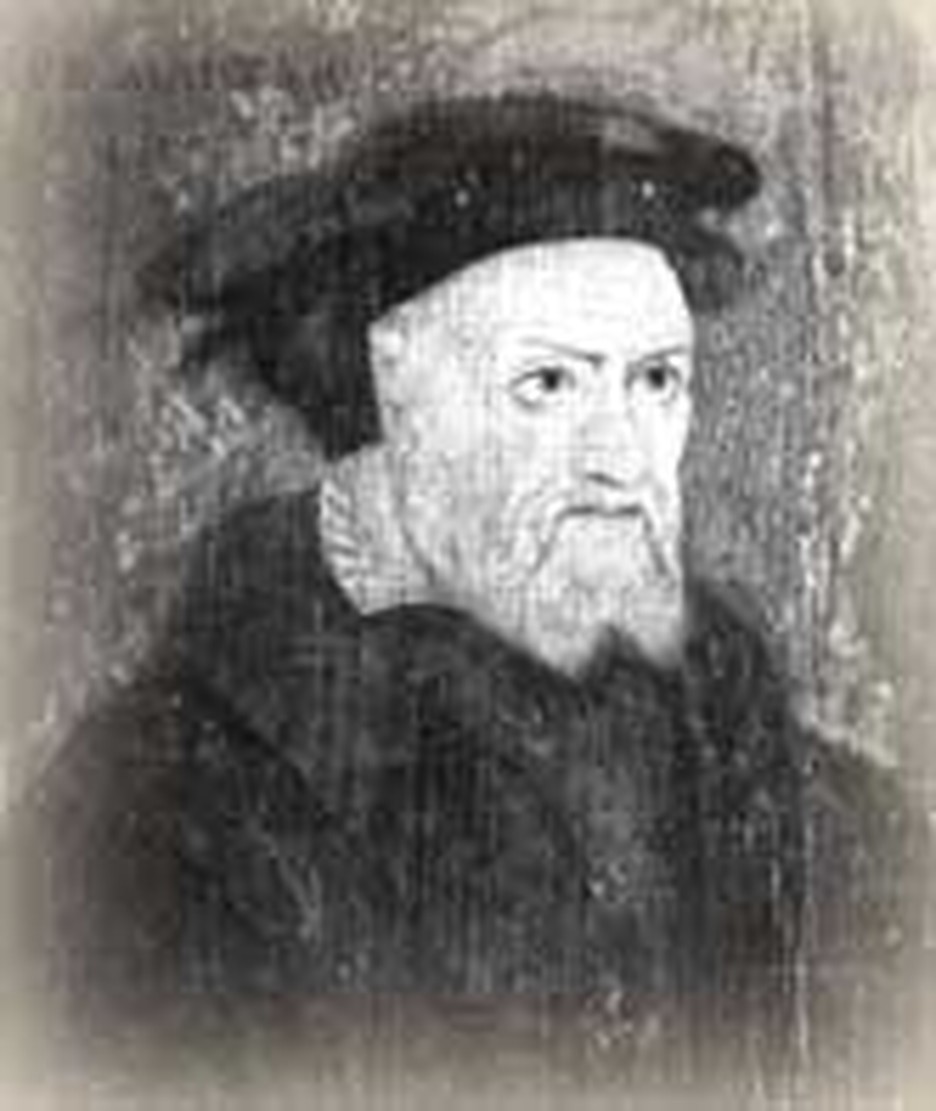
Peter Vermigli shocked sixteenth-century England. Archbishop Thomas Cranmer had invited the reformer to England and offered him a position at Oxford. The Italian was considered a significant catch because he was known as one of the greatest scholars of the age. However, not everyone favored this appointment, because Peter, who had once sworn to be celibate had accepted Reformation ideas, changed his mind and married; what is more, his wife had been a nun.
Born in Florence on this day, September 8, 1499, Peter's father named him after the Dominican saint Pietro Martire (Peter Martyr). Peter joined the Augustinian monks when he was sixteen. By the age of 30 he had become an abbot and in 1533 the prior of Naples. There he became friends with the Spanish reformer Juan de Valdes. Perhaps some of Juan's ideas rubbed off. At any rate, Peter began to study the Bible seriously and was suspended from preaching for denying purgatory. Cardinal Pole and other influential friends bailed him out and got him a job teaching.
But when the inquisition became active in Italy, Peter fled to Switzerland. Martin Bucer, one of the big names in the Reformation, invited him to teach at Strasbourg and he accepted. While in Switzerland, he "stole" a nun named Catherine out of her cloister one night and married her. Sometime after that, Thomas Cranmer invited him to England. But to the English, who had not yet begun to break their vows of priestly celibacy and marry, Peter's marriage seemed outrageous. "They have professed virginity to the Lord," growled Richard Smith, a Catholic, "and afterward being stirred by the lusts or pleasures of the flesh, would cover their whoredom with the name of marriage."
While in England, Peter took part in many significant debates. He was often consulted by English reformers. In public, he taught in Latin, but in private, in Italian. His private views were more liberal than his public statements until he made a strong declaration of what he believed on the Lord's Supper. Since he claimed it was largely symbolic, he angered many people.
Catherine, his wife, died in 1553. Not long afterward, the Catholic queen, Mary, came to the throne and Peter found himself under house arrest. As soon as he was allowed to, he hurried back to Switzerland. There he taught at Strasbourg again until he was driven out because his doctrine of the Lord's Supper disagreed with the Calvinist teaching. Peter's views were nearer to Zwingli's.
Peter then moved on to Zurich (where Zwingli had introduced the Reformation many years before) and taught Hebrew. He was still there when he died in 1562. The longest he stayed at any place in his adult life was eight years. Usually he had to leave because of opposition to his ideas. Some thought he earned his name "martyr" because of that.
Bibliography:
- McLelland, Joseph C. Peter Martyr Vermigli and Italian Reform. Waterloo, Ontario, Canada: Wilfred Laurier University Press, 1980.
- "Peter Martyr." Oxford Dictionary of the Christian Church, edited by F. L. Cross and E. A. Livingstone. Oxford, 1997.
- "Vermigli, Peter Martyr." The Oxford Encyclopedia of the Reformation, Hans J. Hillerbrand, editor in chief New York : Oxford University Press, 1996.
Last updated July, 2007








